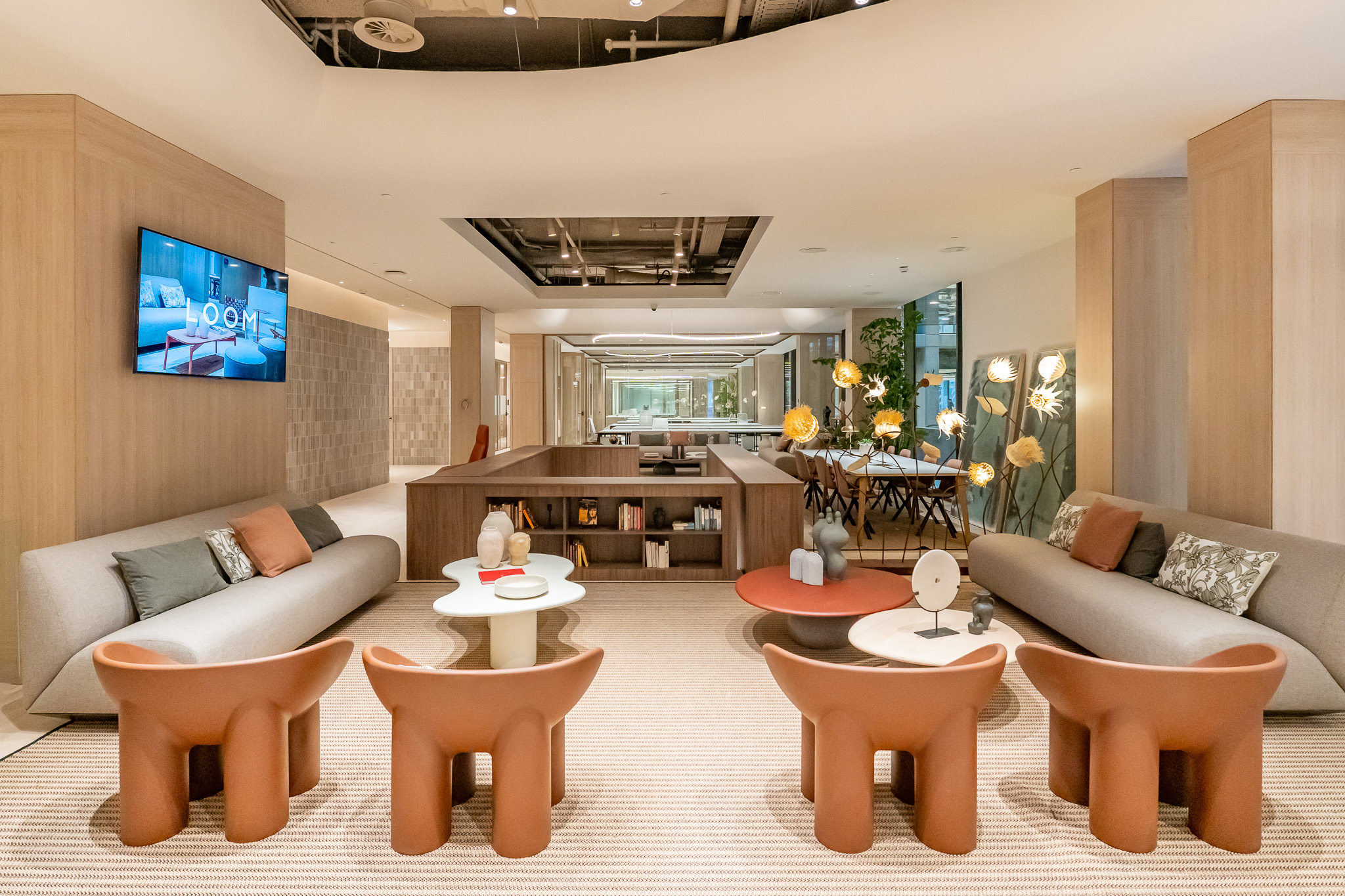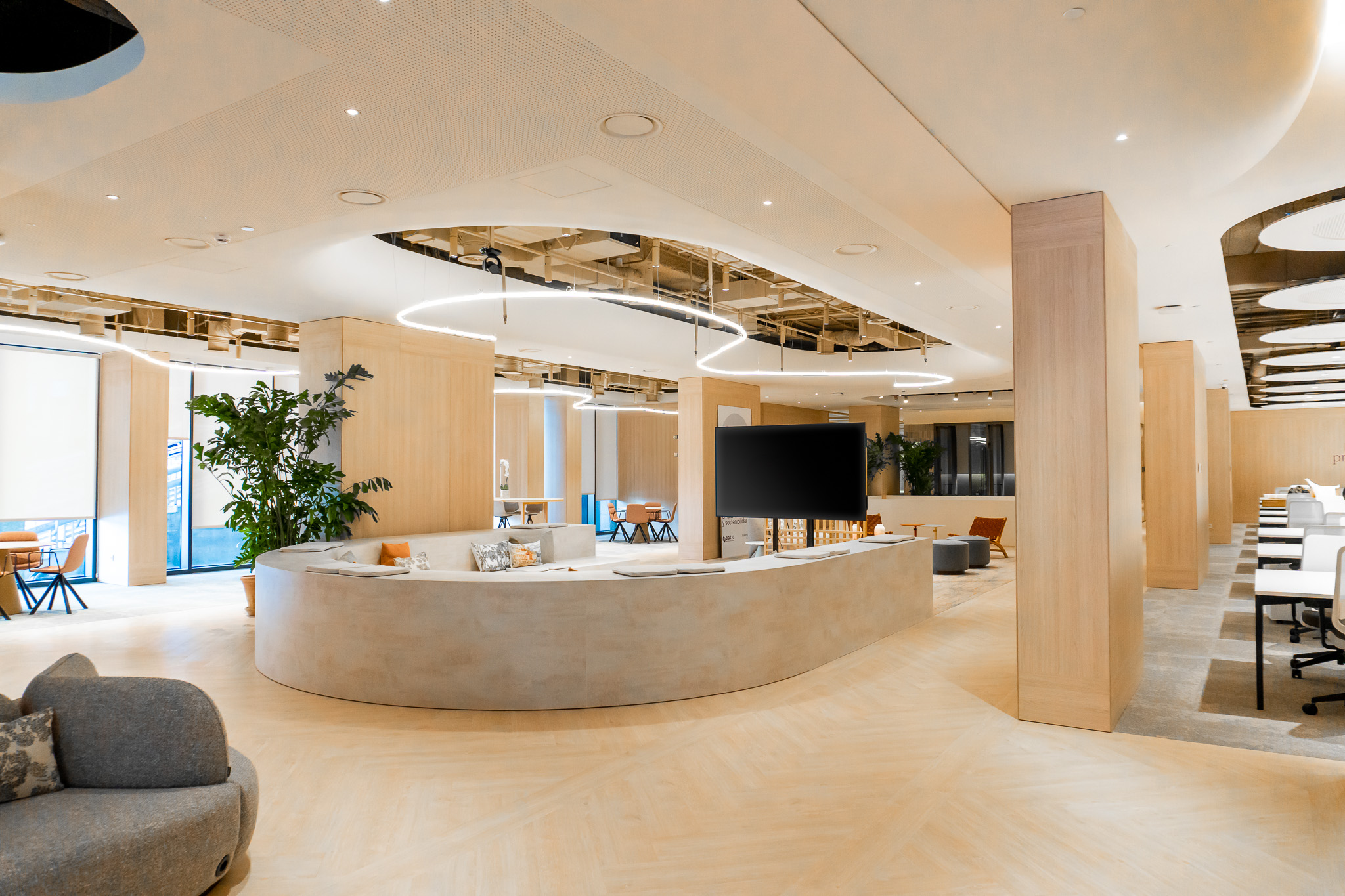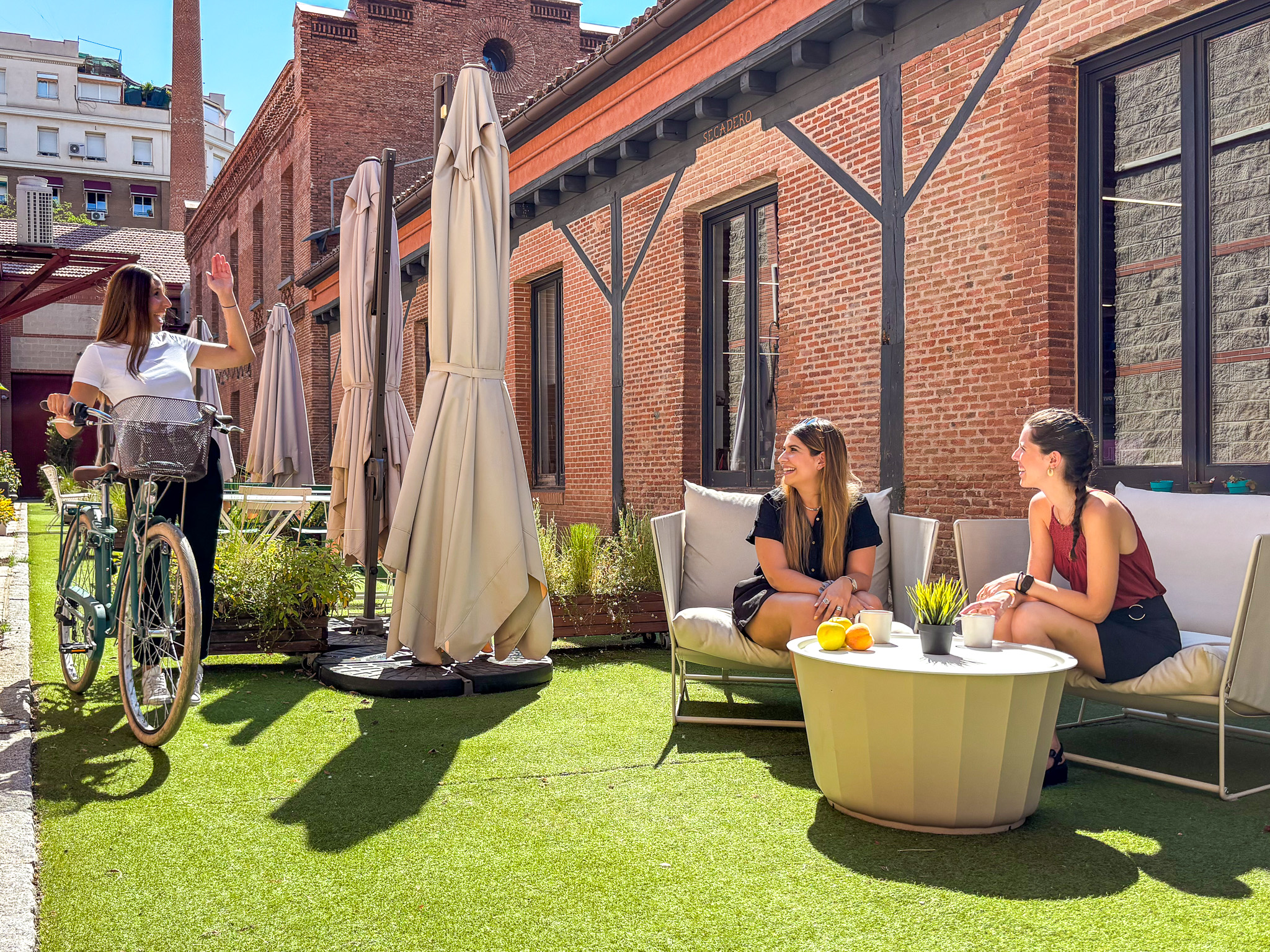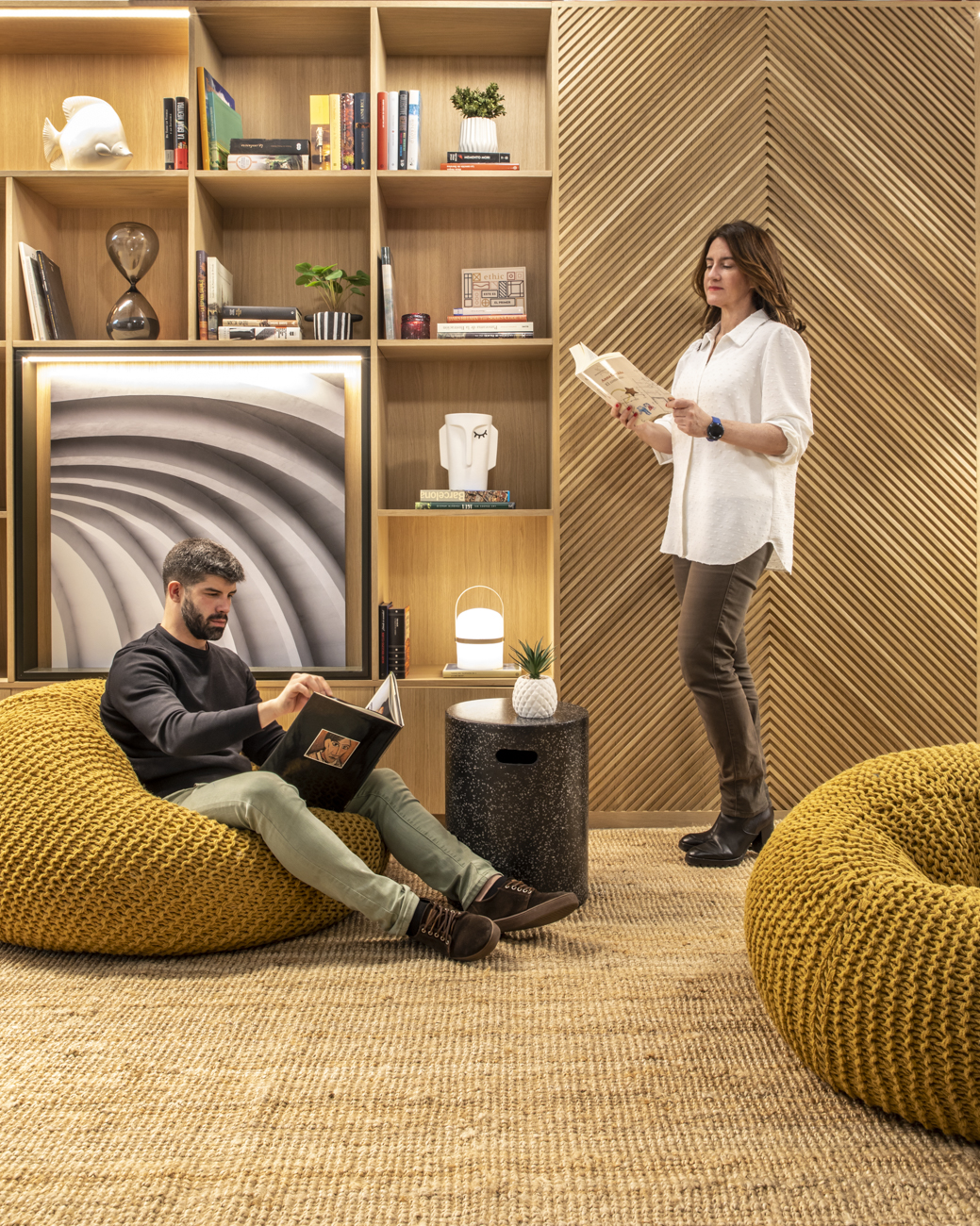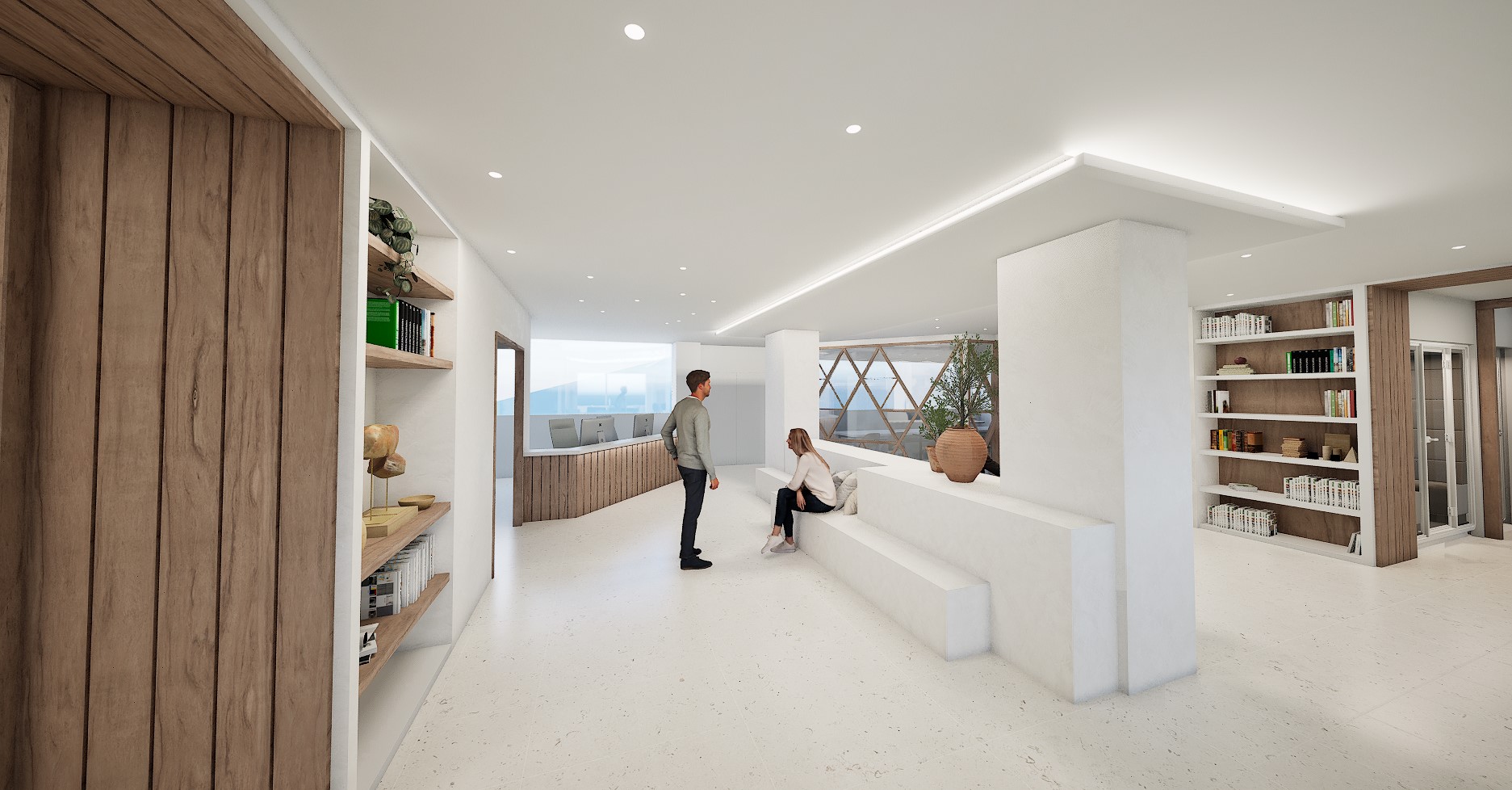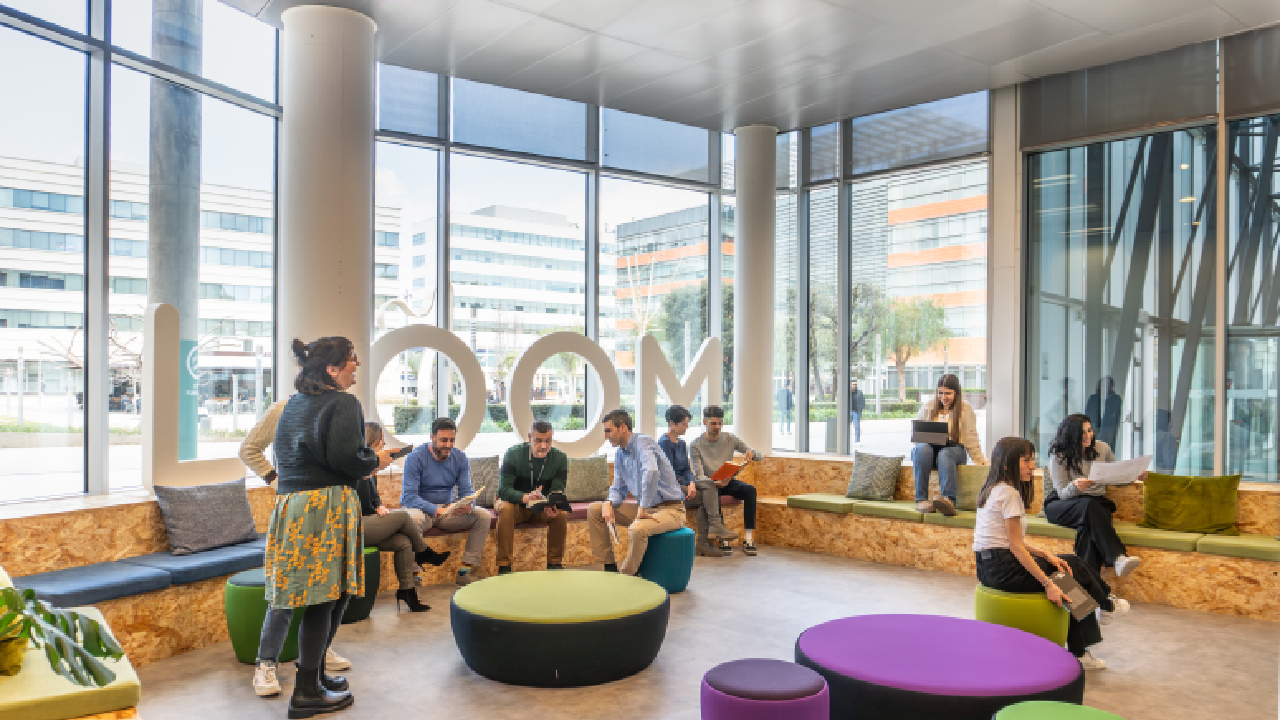After the revolution that our status quo underwent during the last few months, forcing us to break suddenly and without a “trial period” with our work model, companies have reached that critical inflection point for “their survival”. Will we be able to adapt and make decisions now that we are back in the office? Do we have an intelligent and adaptable organization? Because, the future of work is already here. It is now.
During this convulsive period in which we had to adapt to a new reality and build new dynamics remotely, what have we learned? Why do we want to go back to a 200-year-old model? What has worked and what can we improve? How do we make the reopening of the offices coexist with the new practices we put in place and to which we have adapted? What does our team demand?
Clearly there is a voice in the workforce today crying out for a new model. It is not asking for a goodbye to the real world for the virtual world. That voice is asking for flexibility, it is asking not to go back to that model that has become outdated, and it is asking to leverage the platforms and opportunities of today’s world to drive talent and improve productivity by changing our work model. This voice calls for rationalization and flexibility to be able to develop better according to the needs of each individual.

70% of workers want more flexibility
According to a Microsoft study, 40% of the workforce is considering leaving their current job, 70% of workers want more flexibility and 66% of companies are considering how to reinvent themselves to implement hybrid work models.
On the one hand, we have learned to trust the remote team, to work by objectives and to measure by results and not by hours of presence. We have realized that training can also be done online with excellent results and many advantages, that not all professionals work the same working hours or that there are no borders or distances in the online world to collaborate and work in offshore teams.
Remote work makes us lose the fluidity in networking and the spontaneity of day-to-day work.
On the other hand, we have also discovered that we need interaction with our colleagues, that with 100% remote work we also lose in many aspects: we lose a sense of belonging, we lose fluidity in networking, in interpersonal communication and there is a certain tendency to return to the “watertight compartments” because we lose contact with other areas. There are no more coffees, lunches, corridors, nor that spontaneity of the day-to-day, which also impacts on results and well-being.
According to a Cisco Systems study, 58% of workers expect to work from home less than eight hours a day in the near future. A space that allows physical contact, collaborative projects and the formal and informal exchange of ideas is therefore necessary.
For this transformation to work, we must be able to change the practices that remain from the industrial era, practices that were necessary when there were neither the technological means nor the training we have today, in order to generate organizations adapted to this new environment, led by courageous leaders with a vision of the future, the ability to adapt and trust in the team to impact the necessary change of model on results and survive this future, which is already the present.
This evolution towards a flexible model is not theoretical; it is an option on which many companies are currently embarked. An evolution for which companies such as Pepsi, Wella, LlaoLlao, Powernet or Yelmo are betting on LOOM coworking spaces that offer this flexibility for both professionals and companies.
Are you joining the change?

